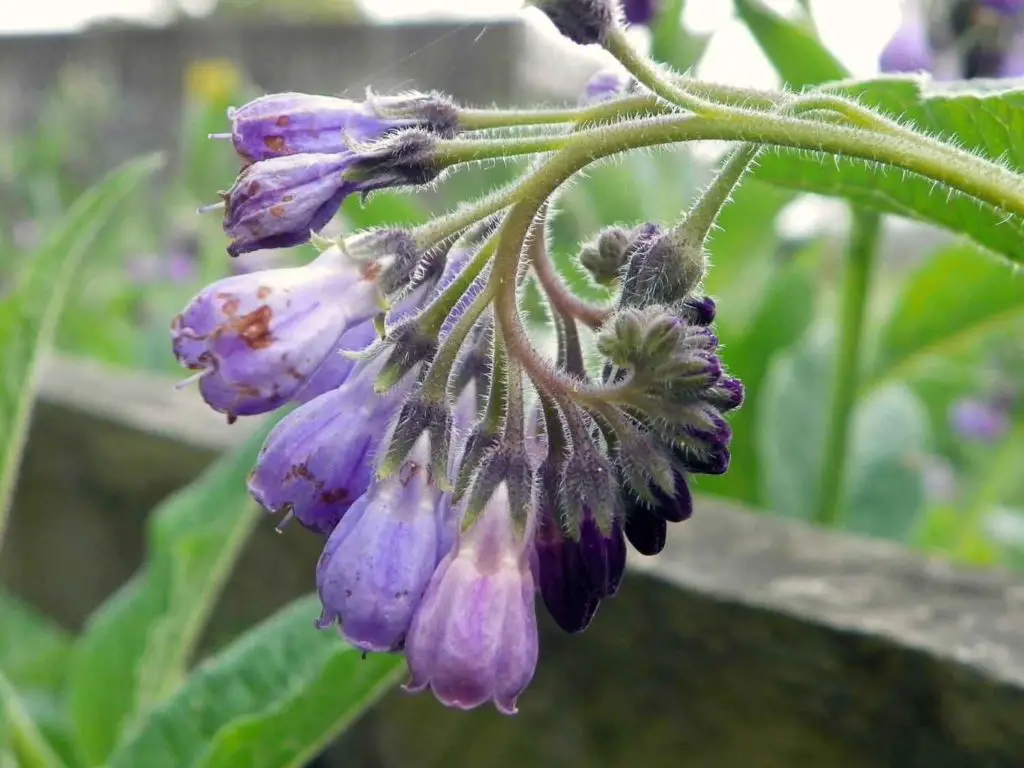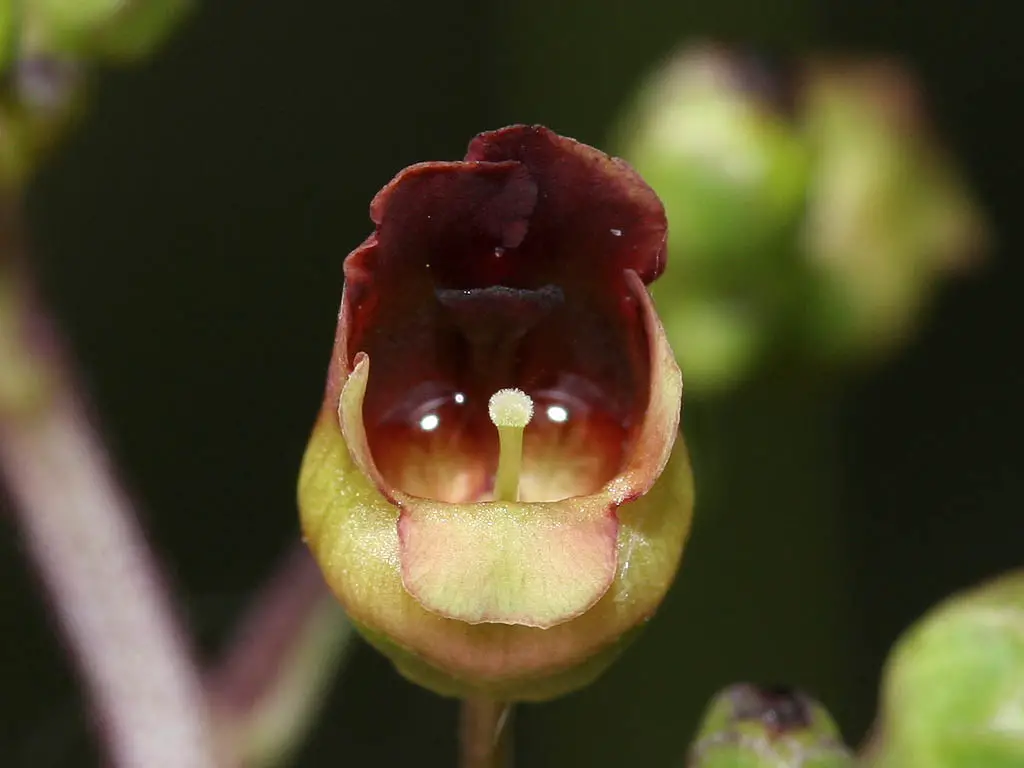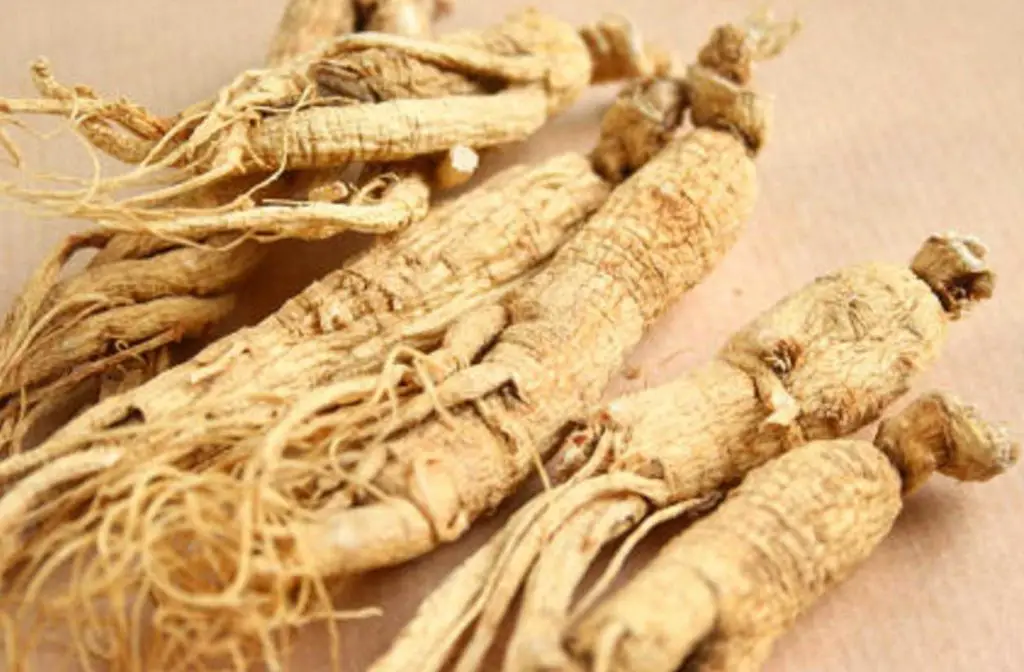What are Mood Stabilizers?
Originally coined by the FDA, “mood stabilizer” was a term that referenced drugs prescribed specifically for the purposes of treating psychiatric illnesses. Since then, the phrase has expanded to include treatments and supplements that are available without a prescription. This includes natural mood stabilizers.
It is estimated that over 154 billion people worldwide suffer from a debilitating mood disorder of some sort and it is believed that only thirty to forty percent have access to treatment and intervention. When neurotransmitters are so imbalanced that they interfere with an individual’s ability to function and carry out their responsibilities in a healthy way, physicians will often look into utilizing mood stabilizers for the purposes of finding a healthier balance in the individual’s brain chemistry. The primary neurotransmitters referred to when mood imbalance is discussed are dopamine, epinephrine and serotonin.
How do Mood Stabilizers Work?
The purpose of mood stabilizers is to balance three chemicals: dopamine, epinephrine and serotonin. These chemicals influence a person’s behavior. If there is a chemical imbalance, the brain will provide a signal to change the person’s mood.
Dopamine is the neurotransmitter most commonly associated with the ability to focus and induces feelings of motivation to do anything from a range of accomplishing major tasks to ordinary life functions.
Epinephrine is also associated with motivation and energy. Individuals with low levels of epinephrine have been shown to lack the desire to do any activities (even the ones they typically enjoy), and often it is associated with depression (both situational and clinical). Conversely, individuals with high levels of epinephrine have shown agitation and anxiety. High levels of epinephrine paired with lower serotonin levels are often associated with manic states.
Serotonin is associated with a sense of well being and an overall positive outlook. Candidates for mood disorders often have low levels of serotonin.
A simple way to look at it:
Low Serotonin Levels: Life sucks, overwhelmed feeling, insomnia, poor cognition.
Good Serotonin Levels: Life is good, everything feels in order.
Low Epinephrine Levels: Depressing thoughts, aggravated.
Good Epinephrine Levels: Calmness, feeling well.
Low Serotonin and High Epinephrine Levels: Manic thoughts, bipolar symptoms.
Low Serotonin and Low Epinephrine Levels: Depressive thoughts, life isn’t good.
Why Natural Mood Stabilizers?
In the Eastern regions of the world, natural mood stabilizers have been used to treat such chemical imbalances. However, patients and physicians seeking to find alternatives for mood disorders in the western world have begun to branch out into more natural solutions. Many do this as a way to curtail the major undesirable side effects of conventional prescription mood stabilizers. Some of the side effects associated with prescription drugs that patients and doctors seek to avoid run the gamut from depressive symptoms to psychosis or suicidal thoughts and behaviors.
List of Natural Mood Stabilizers
As with their prescription counterparts, the ingredients in natural mood stabilizers come in a host of varieties for different patients with different symptoms. Since not all treatments are the same, below are the various treatments for mood disorders that have either been used historically or have been shown to have positive effects during clinical trials in alphabetical order:
5-Hydroxytryptophan (also known as 5-HTP)
It can be utilized for the purposes of regulating mood balance by setting the brain up to take in higher levels of serotonin. A list of our favorite 5-HTP.
Arctic Root
It can be taking during stressful periods. Will treat mild anxiety while providing support to the body at this time.A list of our favorite Arctic Root.
Ashwagandha
Known to achieve balance for the amount of epinephrine produced by the brain. This herb has been shown to stabilize the moods of those suffering from both depression and anxiety. You can check our review of Ashwagandha here.
Catuaba
With the exception of a 2005 study showing the use of catuaba as a natural treatment for depression, little is known about its mood stabilizing properties. However, practitioners and potential patients have shown interest in further research regarding this potential antidepressant. A list of our favorite Catuaba.
Eleuthero
Used as a treatment for those suffering from situation and work-related stress and anxiety. It is said to enhance overall energy and mood in a positive way. Know more about Eleuthero Root here.
Ginkgo
Treats stress and anxiety. Has been shown to be particularly effective in conjunction with other herbs shown to enhance cognitive functioning for those suffering from situational anxiety. A list of our favorite Ginkgo.
Panax Ginseng
In addition to its several properties for treating non-anxiety related issues, ginseng has been made available in several natural mood stabilizers as it has been shown to improve mood disorders. It is not recommended for those who currently or have a history of suffering from mania as ginseng can exacerbate this. Know more about the benefits of Panax Ginseng here.
Kava Kava
It has long standing use as a treatment among natives in the South Pacific, kava kava has been shown to have soothing effects on those suffering from anxiety, as well as lessen the side effects associated with withdrawal from addictive substances. A list of our favorite Kava Kava.
Lavender
Historically used in oils, soaps and various other cosmetics for its calming scent. Lavender is a favorite among practitioners of aromatherapy for treating anxiety and mild stress. A list of our favorite Lavender.
Maca Root
It’s still untested by any research staff but, Maca Root has been used as a mood stabilizer. Advocates of maca root claim that it can be used to enhance one’s mood. However, since the research is limited, it is unknown how or if this is the case. A list of our favorite Maca Root.
Mucuna Pruriens
It has been shown in clinical and real-world trials to treat depression by acting as dopamine for patients with low levels of the neurotransmitter. Know more about Mucuna Pruriens, more popularly known as cowhage, here.
Mulberry Bark
It can be steeped in a tea to serve as a treatment for mild anxiety. A list of our favorite Mulberry Bark.
Passion Flower
Serves to treat less severe panic attacks and mild anxiety without the side effects of prescription drugs diagnosed for similar purposes. A list of our favorite Passion Flower.
Rhodiola Rosea (known colloquially as Rhodiala)
In recent years, this adaptogen has risen in popularity as a way to avert stress that can eventually develop into serial anxiety. Historically used to treat some of the symptoms of menopause, caution must be taken when using it to treat any level of depression. As it has been described as a “mild stimulant”, and it is not recommended for those who are currently or have a history of suffering from mania as Rhodiala can exacerbate this. Physicians agree that more testing is needed in regards to Rhodiala before any definitive statement can be made about its mood stabilizing properties. A list of our favorite Rhodiola Rosea.
Schizandra
It was long used by natives of China (where it is referred to as wu wei zi). Schizandra has been effective in treating stress and anxiety by limiting cortisol production, thus decreasing the amount of serotonin in the body. It is derived from a berry found in China and the surrounding vicinity. It can be consumed on its own. Some describe the taste as bitter, and some find it sweet.
Read Also: 6 Benefits of Schizandra
Shilajit
It can be used to treat those with severe depression. It is a substance found in both the Himalayas and in the Southern Russian mountains. The substance described as “tar-like” is created when plants growing in the mountains decompose and leave their residue behind. Clinical testing of Shilajit has garnered results showing that it has been effective in increasing serotonin levels while effectively balancing levels of dopamine. Know more about the 9 Benefits of Shilajit.
St. John’s Wort and S-Adenosylmethione
They have had numerous clinical trials showing that they can be used to establish a healthier balance of neurotransmitters as they are known as “reuptake inhibitors”. A list of our favorite St. John’s Wort.
Tibulus
This is often a favorite among athletes. Tibulus has been used for its overall positive effect on the mood. A list of our favorite Tibulus.
Vitamins
They have proven to be necessary for the healthy functioning of neurons, cognitive functioning as well as the physical health of patients, physicians often like to ensure that they are getting the appropriate amounts of vitamins. Many patients with mood disorders have exhibited a deficiency in vitamin D. Poor memory and low cognitive functioning have been associated with a lack of both vitamin B12 and vitamin D. Numerous studies and clinical trials have proven the connection between mood disorders and improper nutritional intake. A list of our favorite Multi-Vitamins.
Winter Cherry
It’s known to treat mental exhaustion and fatigue, as well as tension brought on by nerves and mild anxiety. A list of our favorite Winter Cherry.
Reishi Mushroom
A fungus that is popular in TCM that has only recently taken hold in western culture. It is most known for it’s positive effects on cancer but also fits the classification as a natural mood stabilizer as it’s good for stress, anxiety and depression. This is one of the best all around supplements, let alone for mood stabilization. Know more about Reishi Mushroom here.
Read Also: Does Reishi Mushroom Coffee work?
Xiao Yao Wan
Generally referred to as the “Free and Easy Wanderer” and used in traditional Chinese medicine. It is a combination of multiple herbs, usually containing some form of the following: Bupleurum, Peppermint, Angelica, Ginger, Licorice, Dong Quai, and Poria. There is minor evidence it can be beneficial for bipolar disorder, depression, anxiety, and anger. Know more about Xiao Yao Wan here.
Yohimbine
It has been shown to effectively treat mild stress by increasing adrenaline. This has the effect of kick starting the metabolism of the patient, as well as increasing the rate of their heart. A list of our favorite Yohimbine.
PEMF Therapy
It’s not a supplement but it’s worth noting. PEMF or Pulsed Electromagnetic Field is when low-level electromagnetic radiation is pulsed through the body. A double-blind, placebo-controlled study Harvard conducted showed a 10% improvement in depression when using PEMF therapy compared to the placebo group. PEMF Therapy has shown potential to be a natural treatment option for both anxiety and depression.
Are Natural Mood Stabilizers Safe?
As with all treatments for mood disorders, it is recommended that patients speak with their doctors before altering their treatment regimen. Natural does not always mean safe and not all treatments are suited for all patients. Even two individuals suffering from the same mood disorder may not react the same way to any given mood stabilizer – natural or not. However, in comparison to prescription drugs, most natural mood stabilizers are safe. The majority of supplements listed in this article are safe for consumption, but it’s important to do your own research about which one is best for you.
Best Natural Mood Stabilizers
As previously mentioned, there is not one natural mood stabilizer that stands above the rest. All of us have different compositions, so what works for one person might not work for the other. However; my personal favorites are Shilajit, Ashwagandha, and Ginseng. All of them are well tolerated and several studies have been conducted on them as far as herbal supplements go.
Since natural mood stabilizers are available in a diverse array of treatment options, each one having a unique effect on the individual taking them, there is no one way to consume them that would be considered more effective. Many enjoy the aromatic treatments such as ginseng and lavender as an oil in aromatherapy regimens while other natural mood stabilizers can be taken via methods of teas, tonics, pills and powders. When seeking out information regarding the best method of consumption for any single treatment, it is recommended that one seek the advice of both an herbalist and a registered physician.
As is the case with their prescription counterparts, it is recommended that individuals interested in pursuing the benefits of natural mood stabilizers should do so in conjunction with a lifestyle conducive to healthy physical, mental, and emotional health. Such factors include exercise, proper sleeping habits, regular consumption of healthy meals high in protein, omega-3 fatty acids, and vitamin b-12, while limiting the intake of unhealthy carbohydrates.
References:
https://www.ncbi.nlm.nih.gov/pmc/articles/PMC3660126
https://www.ncbi.nlm.nih.gov/pmc/articles/PMC2786903/
https://www.ncbi.nlm.nih.gov/pmc/articles/PMC2248201/
https://www.ncbi.nlm.nih.gov/pmc/articles/PMC4424923/




